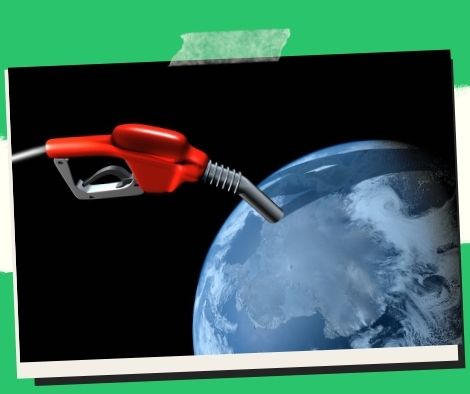
Oil is higher due to ongoing supply issues vs. recovering demand.
Despite statistics showing increased demand in Asia, Europe, and the United States, oil prices jumped on Monday due to persistent concerns that the Organization of the Petroleum Exporting Countries (OPEC) could reduce output in an effort to stabilize the market.
At 10:08 a.m. local time (07:08 GMT), the price of international benchmark Brent crude was $99.67 per barrel, up 0.66 percent over the previous trading session’s closing price of $99.01 per barrel.
The benchmark West Texas Intermediate (WTI) oil price in the United States was trading at $93.75 per barrel at the same time, up 0.74 percent from the previous session’s closing price of $93.06 per barrel.
Another OPEC member, Oman, backed Saudi Energy Minister Abdulaziz bin Salman’s warnings after he suggested production cuts to balance the market.
Oman’s Oil Ministry stated in a tweet on Friday that it “supports OPEC+ efforts to maintain market stability in the face of distortions and volatility.”
The existing production cut agreement will expire at the end of September, thus the OPEC group will also introduce a new production scheme with a potential output drop.
greater clogging
The current unrest in Libya has raised more supply-side worries since it could affect the nation’s oil exports and production.
The capital city of Tripoli saw violence between competing militias that resulted in at least 32 fatalities and several injuries.
Rising supply concerns were made worse by reports that Kazakhstan’s crude exports may possibly be affected for months.
Supply-side worries arose in response to indications of increased demand and rising natural gas prices, which, according to analysts, are driving industrial users and power producers to consume more diesel and fuel oil.
According to the most current TomTom Congestion Index data, traffic levels in the Asia-Pacific, Europe, and North America all had high weekly growth in the week leading up to August 24, according to Daniel Hynes, the commodity strategist at Australia and New Zealand Banking Group (ANZ).
According to Hynes, who cited data from Baidu, the level of congestion in China has also decreased.
According to data from the Energy Information Administration published last week, demand is also increasing in the US (EIA).
Compared to the market anticipation of a loss of 450,000 barrels, the US’s commercial crude oil stockpiles decreased by almost 3.3 million barrels.
Over the same time period, gasoline inventories fell by 100,000 barrels to 215.6 million barrels.
Save/Share this story with QR CODE
Disclaimer
This article is for informational purposes only and does not constitute endorsement of any specific technologies or methodologies and financial advice or endorsement of any specific products or services.
📩 Need to get in touch?
📩 Feel free to Contact NextGenDay.com for comments, suggestions, reviews, or anything else.
We appreciate your reading. 😊Simple Ways To Say Thanks & Support Us:
1.) ❤️GIVE A TIP. Send a small donation thru Paypal😊❤️
Your DONATION will be used to fund and maintain NEXTGENDAY.com
Subscribers in the Philippines can make donations to mobile number 0917 906 3081, thru GCash.
3.) 🛒 BUY or SIGN UP to our AFFILIATE PARTNERS.
4.) 👍 Give this news article a THUMBS UP, and Leave a Comment (at Least Five Words).
AFFILIATE PARTNERS

World Class Nutritional Supplements - Buy Highest Quality Products, Purest Most Healthy Ingredients, Direct to your Door! Up to 90% OFF.
Join LiveGood Today - A company created to satisfy the world's most demanding leaders and entrepreneurs, with the best compensation plan today.



 Business Technology, Finance Technology & Information Technology
Business Technology, Finance Technology & Information Technology





